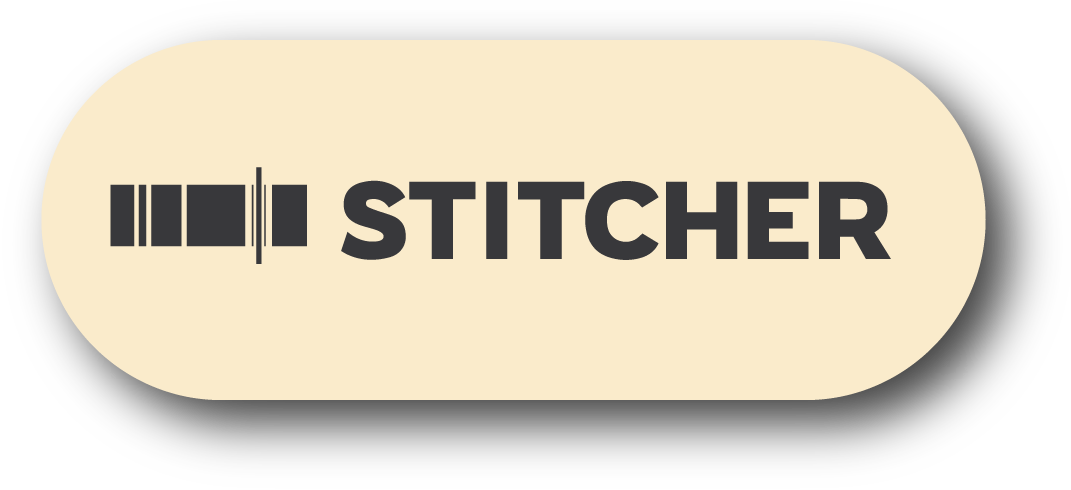#052 - MICHAEL SORKIN, Architect and Director of the Urban Design Program at CUNY
SUMMARY
This week David and Marina are joined by Michael Sorkin to discuss neighborhoods, gentrification, smart cities, city development, teaching design and more! Michael is an architect, educator and writer. He is the founder of Michael Sorkin Studio and Terreform - The Center for Advanced Urban Research, Director of the Masters of Urban Design Program at the City College of New York and has authored numerous books such as '20 Minutes in Manhattan' and more. Enjoy!
ABOUT MICHAEL
Michael Sorkin is the principal and founder of Michael Sorkin Studio. His practice and work spans design, criticism and pedagogy.
Since 2000, Sorkin has been Distinguished Professor of Architecture and Director of the Graduate Program in Urban Design at City College of New York. His previous academic engagements include Professor of Urbanism and Director of the Institute of Urbanism at the Academy of Fine Arts in Vienna, Gensler Chair at Cornell University, Hyde Chair in Nebraska University, Saarinen Chair in the University of Michigan, Gilbert Chair in the University of Michigan, both the Davenport and Bishop Chair at Yale University, and professorships at the Architectural Association, Cooper Union, Harvard University, and Columbia University.
Sorkin is architecture critic for The Nation, contributing editor at Architectural Record, and author or editor of twenty books. His books include Variations on a Theme Park, Exquisite Corpse, Local Code, Giving Ground (edited with Joan Copjec), Michael Sorkin Studio: Wiggle (Works in Progress), Some Assembly Required, Other Plans, The Next Jerusalem, After The Trade Center (edited with Sharon Zukin), Starting From Zero, Analyzing Ambasz, Against the Wall, Indefensible Space, New Orleans Under Reconstruction (edited with Carol Reese and Anthony Fontenot), All Over the Map, and Twenty Minutes in Manhattan.
In 2005, Sorkin founded Terreform, and is currently its president. He is editor-in-chief of its imprint, UR (Urban Research), which was launched in 2015. He is on the board of several civic and professional organizations such as Urban Design Forum (Vice President) and the Architectural League of New York (Director). He is also a member of the International Committee of Architectural Critics.
Sorkin has been the recipient of several fellowships and awards. His recent awards include “Design Mind” from the National Design Award in 2013; and Fellow in the field of architecture planning and design from the John Simon Guggenheim Foundation in 2015.
TIMESTAMPS
(00:00) The relationship between education, discourse, and practice.
“Teaching design and a school of architecture seems to be a little bit problematic if you're not actually also designing. So in terms of my own sense of my legitimacy as a design teacher, if only for myself to gain that credit, it's necessary for me to keep the office going.” (03:17)
“We’re not at a moment where any single discourse or practice constitutes the grand unified theory of urbanism. So I hope that in the academic program a certain amount of confusion and struggle is engendered by the confrontation with the many discourses that constitute an idea about the urban. So sure, it’s difficult!” (05:29)
(11:08) Michael’s early sources of inspiration for architecture and urban design.
(14:00) The challenges of teaching urban design and having a range of students from different countries.
“We are coming out of a tradition that essentially privileges a deductive approach to planning in which one thinks about the largest scale first and then finally works one's way down to the door pole. I think that the point of departure for an urban scheme could be anywhere, where you have a strong emotion or an organized idea. So I encourage students to find whatever way in is most helpful and beneficial to them.” (14:20)
“Getting back to the kinds of results that one looks for in an academic setting: To me, the worst outcome is where all the projects will look essentially the same—where there's such a homogenizing studio culture that the projects are indistinguishable. And the other variation on that problem, is the one in which all the projects look like they were done by the professor—in which the design personality of the studio leader is so strong, the kids can't resist it; that they wilt under the too bright light of the star. So, I've always been very reticent about showing my work. “Will you show us all your projects on the first day of school.” And I said, “Absolutely not.”” (17:40)
“The more I teach, the more invested I am in the idea that the student collaborates and inventing the problem that they're going to solve. When I went to school, back in the Triassic, and still many people teach you this way, you would get a very rigorous program—so many bathrooms, how many square feet of auditorium and cafeterias—and you'd be expected to solve the problem. But at this point, I like to engage the students as early in the process of intervention as possible, which at the urban scale also means thinking about what constitutes a site in the city. So that's often very elastic, even if we're sort of starting in the same territory. [. . .] For my own interest to see the same square block solved with the same program 12 sort of different ways… This is a formula for an early nap.” (23:17)
(28:50) Defining urban design and its distinction (or lack thereof) from architecture and smart cities.
“Planners became increasingly invested in social policy and real estate and the non physical—the non-design aspects of planning, zoning as an instrument as opposed to sitting down and actually designing the thing. Architects recognized that that one branch of, of what they did, which is to say design things, was disappearing from its former home, which was in the profession of city planning. So urban design was produced to somehow recuperate the idea of the physical at scale as an architectural activity… Understandable in a way, but it leads to a series of arbitrary distinctions and false choices. We are a program that thinks about the city and imagines that it is possible to intervene via the methods of physical design in making it better.” (58:19)
“The question for the smart city, which is being sold under the banner of more responsive urbanisms—an urbanism that's more efficient and more contoured to your individual needs and desires—looks to me like the urbanism of hyper surveillance and control. [. . .] Much of the struggle surrounding this smart city and these kinds of cellular, mobility devices is about what it means to be a citizen and a public. Those are questions that are fundamental to thinking about what it means to live in a city. Cities are obviously ways of deploying the relationship between public and private experience. The great cities strike interesting balances. We tend to favor cities that have a lively, enjoyable, and authentically shared public realm. This seems fundamental to a description of a good city.“ (32:19)
(36:39) Elon Musk's underground tunnel system and neighborhoods.
“The foundational political and social space in the city is the neighborhood. So if you imagine the neighborhood as the increment of accounting for local autonomy, and you define a neighborhood as the place in which all the necessities of everyday life can be found by walking five or ten minutes, then you begin to re-conceptualize the city in a much different way. So if you can walk in five minutes to work, to school, to shop, to play tennis, or whatever it is, then you have solved the Elon Musk problem on the demand side. So there's no need for a million particles racing around in holes in the ground because it's all right there. Which has a couple of beneficial knock-on effects. Certainly one being convenience; one being a series of environmental benefits, but another really important one being the social mix in the neighborhood. If everybody who works in the neighborhood lives in the neighborhood, then that means there has to be housing that's available to the barista, and the banker, and the urban farmer, and the artist and whoever else. The biggest problem in New York is what the politicians call affordability, which is essentially a problem of segregation and various class and ethnic gaps that we create it in this culture. And I think thinking about a neighborhood that in the nature of its functionality also incorporates the hospitality to everybody in this city is maybe a more fruitful way of thinking than imagining self-driving cars in tunnels going 300 miles an hour.” (38:06)
(41:01) The cultural identity of different neighborhoods.
“Should cities have Chinatowns and how do you maintain them? I mean, obviously it's great that there's a fantastic concentration of places to get dim sum on a Sunday, but less great that there are immigrants working in underground sweatshop conditions and also less great that there is racism and African-Americans are given fewer choices. The difference between the ghetto and the neighborhood is highly dispositive and an argument we'll keep having because we like the idea that neighborhoods have cultural character.” (41:20)
(47:58) Affordable housing.
(57:03) Defining urban design.
(01:02:36) Institutionalized sustainability and surveillance in cities.
“There are soft and hard versions of Blade Runner. Two new low rise buildings are under construction on my block; one of them is still being framed, but already a Starbucks has opened, which makes I think five Starbucks within a block of where we live. The ‘Latte de Mochaccino Maple Syrup’… this is also also Blade Runner.” (01:09:53)










